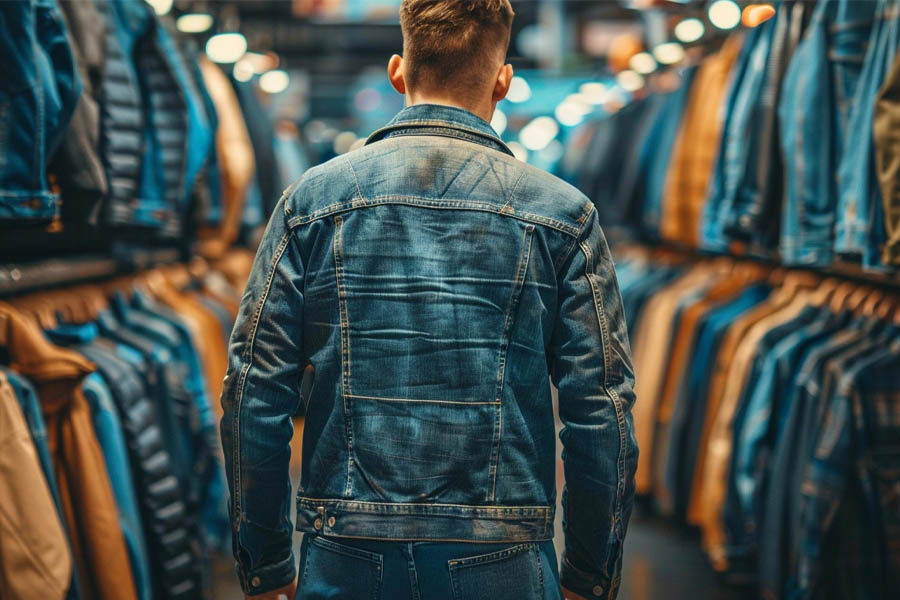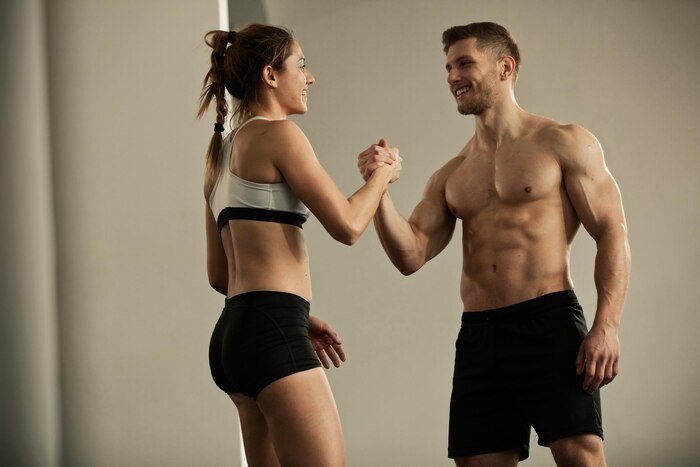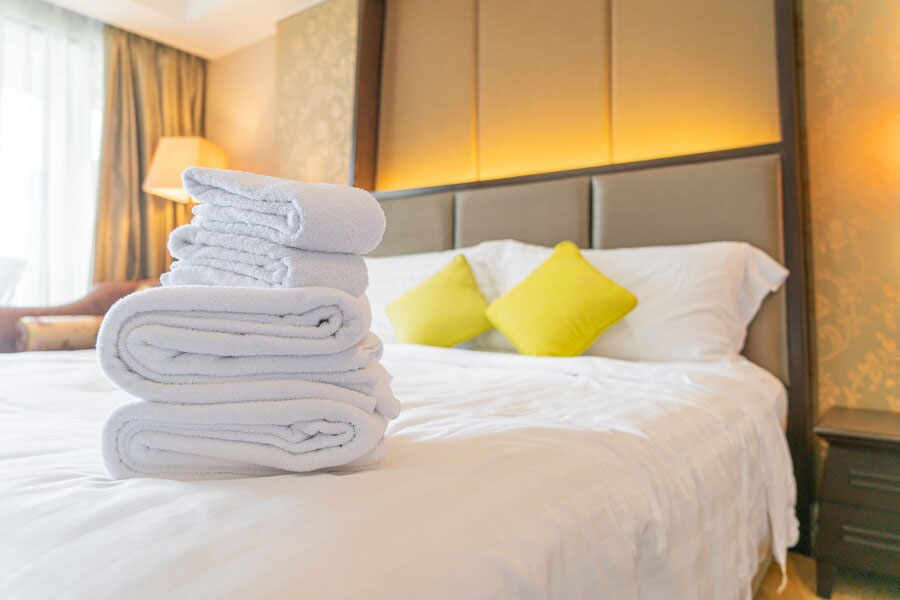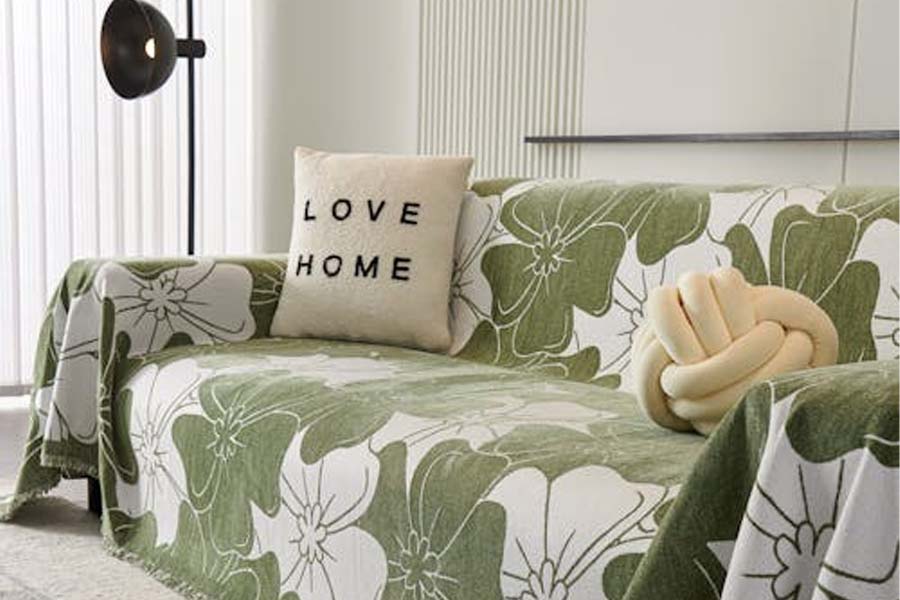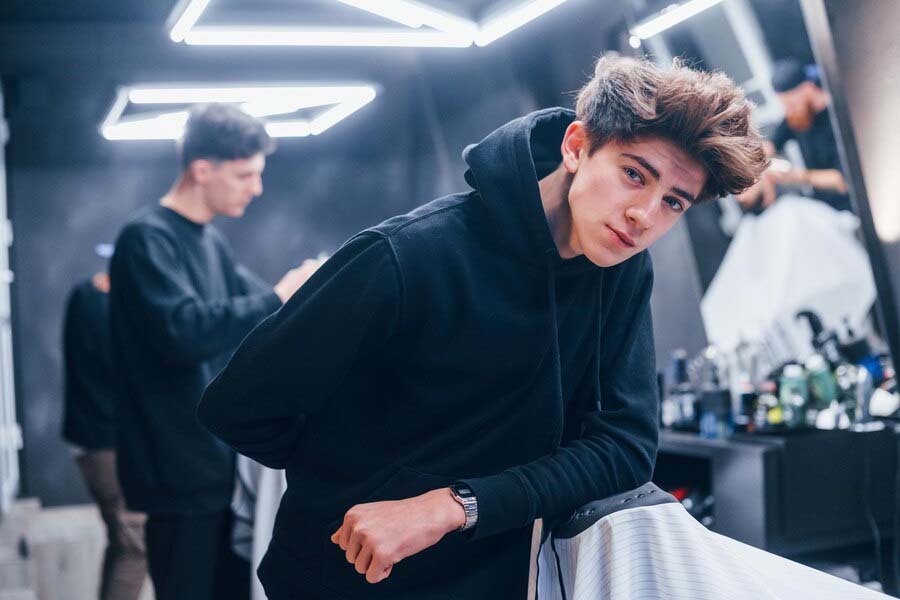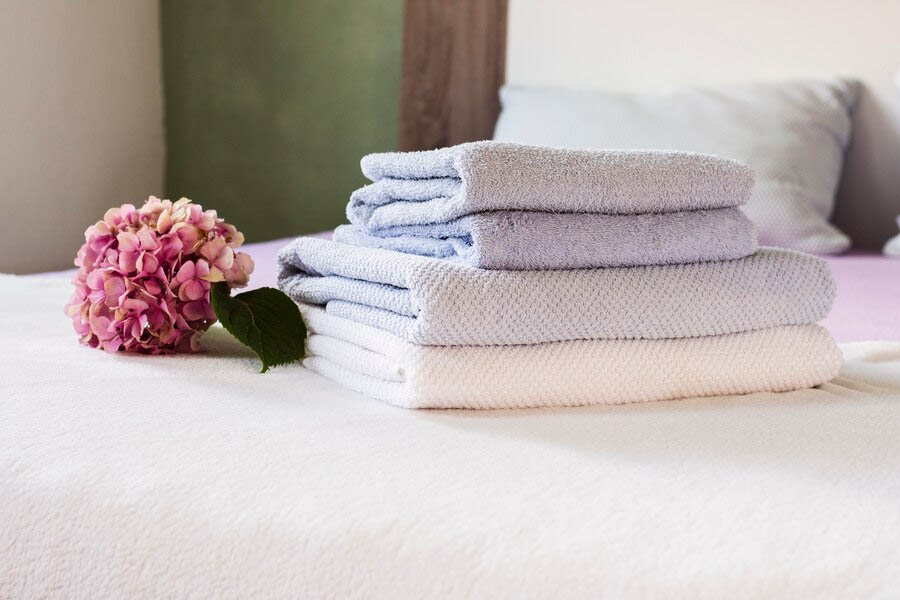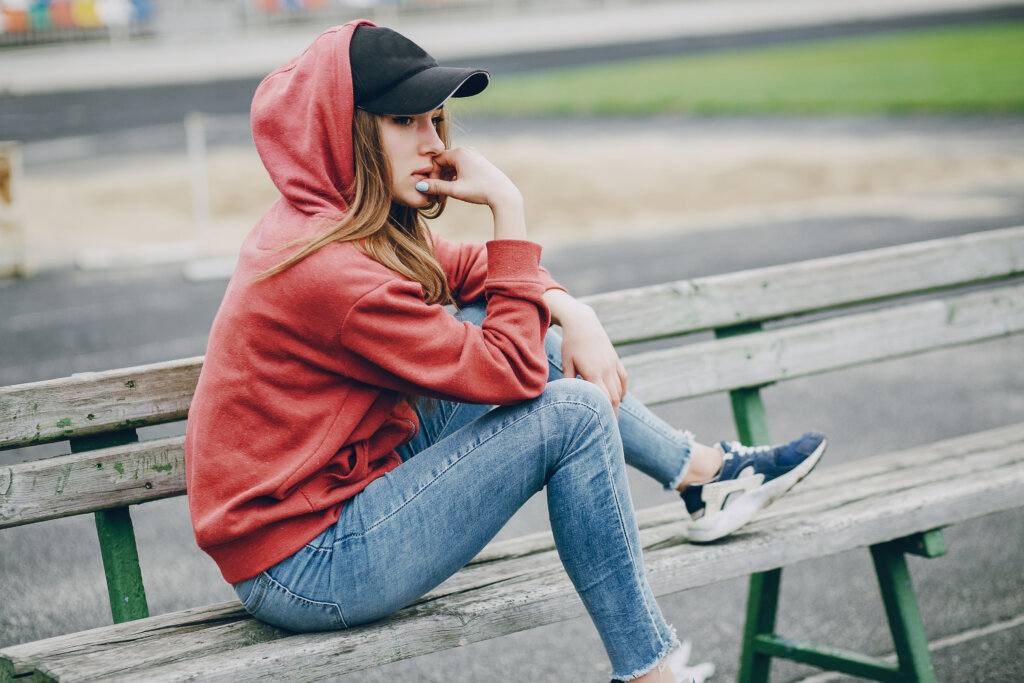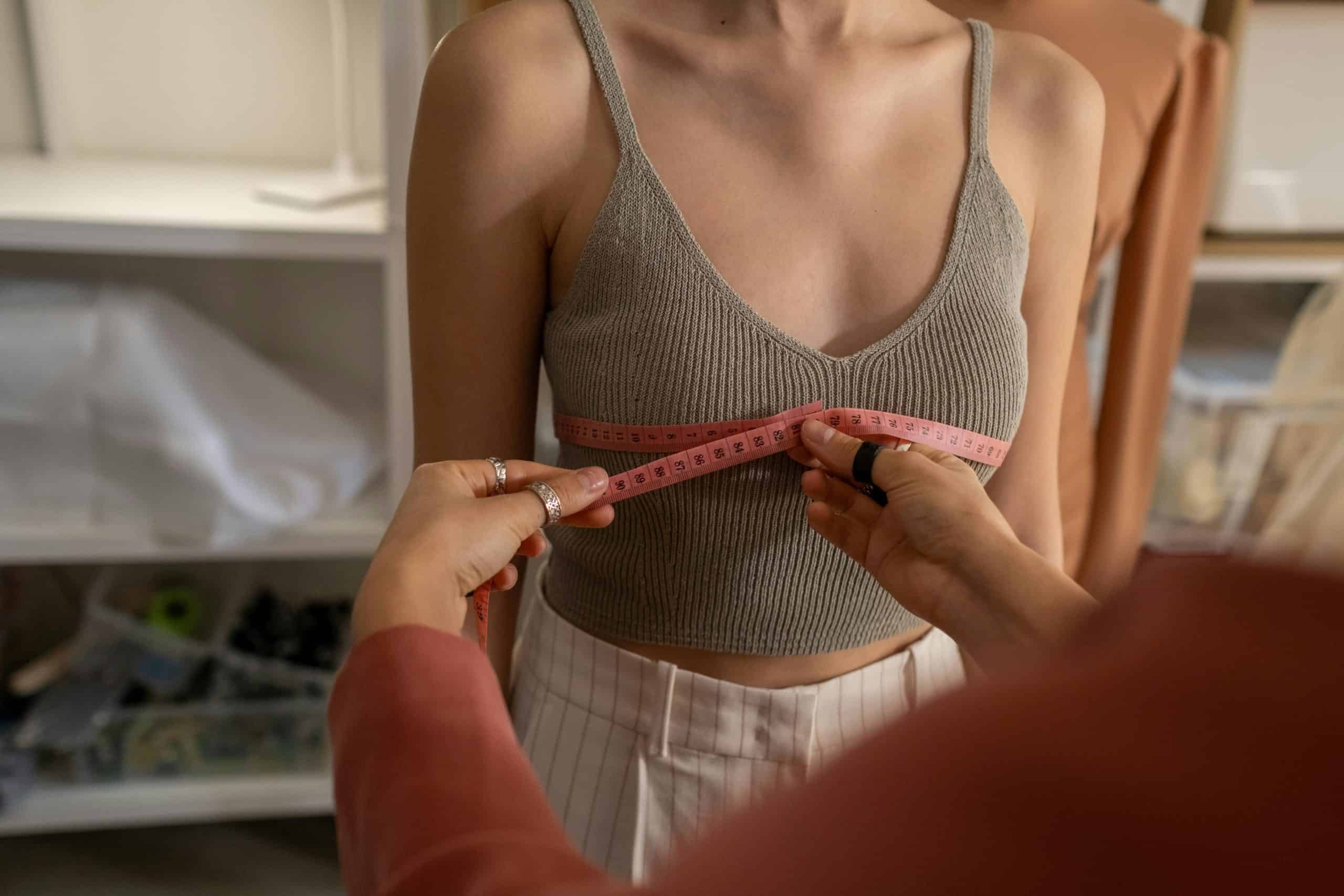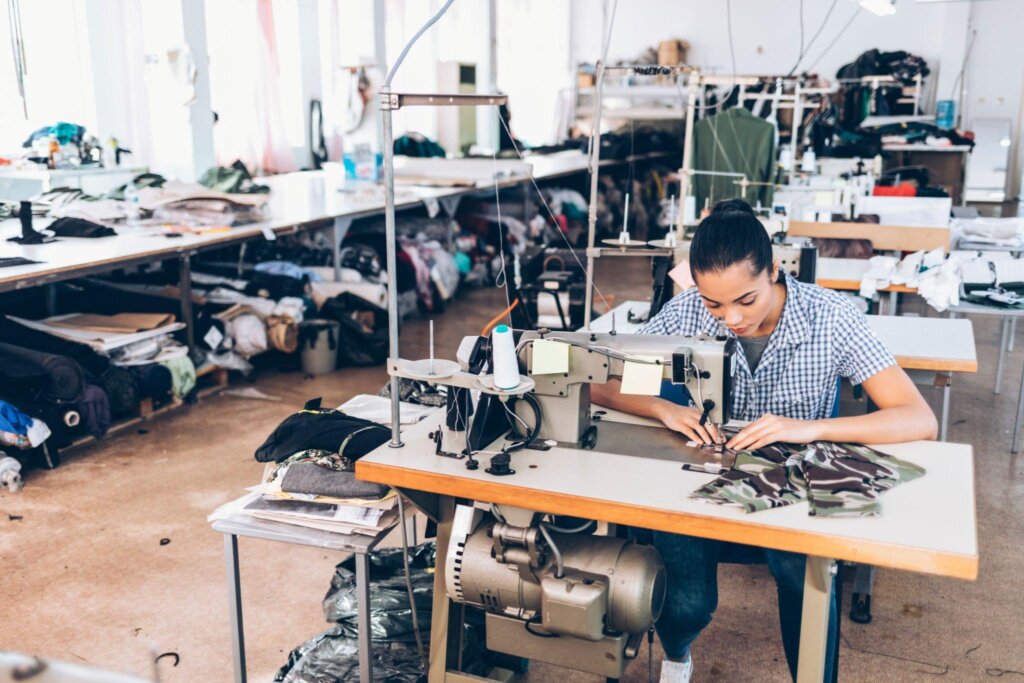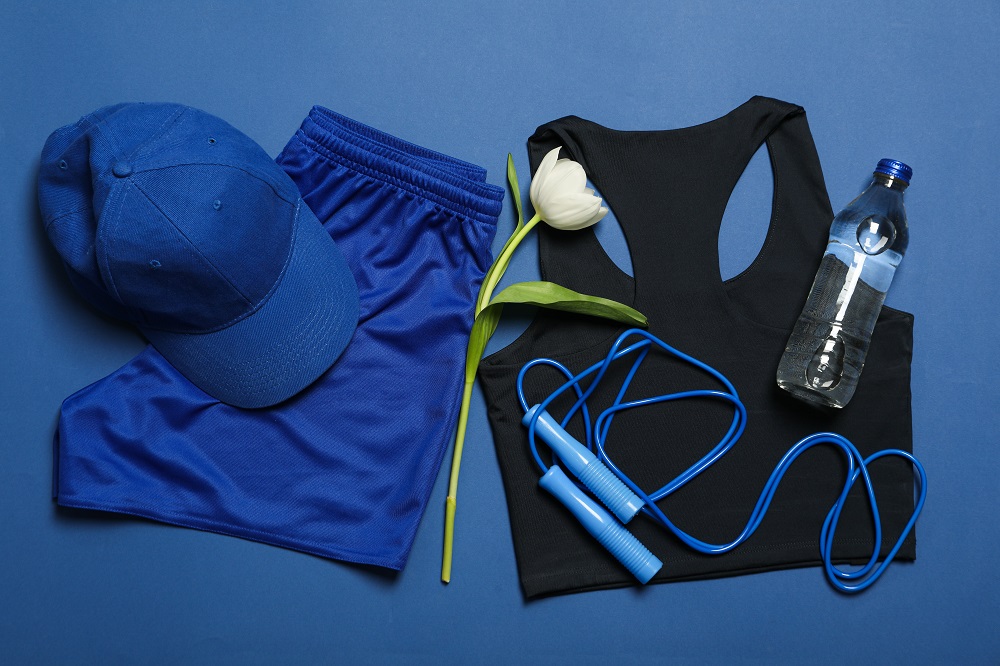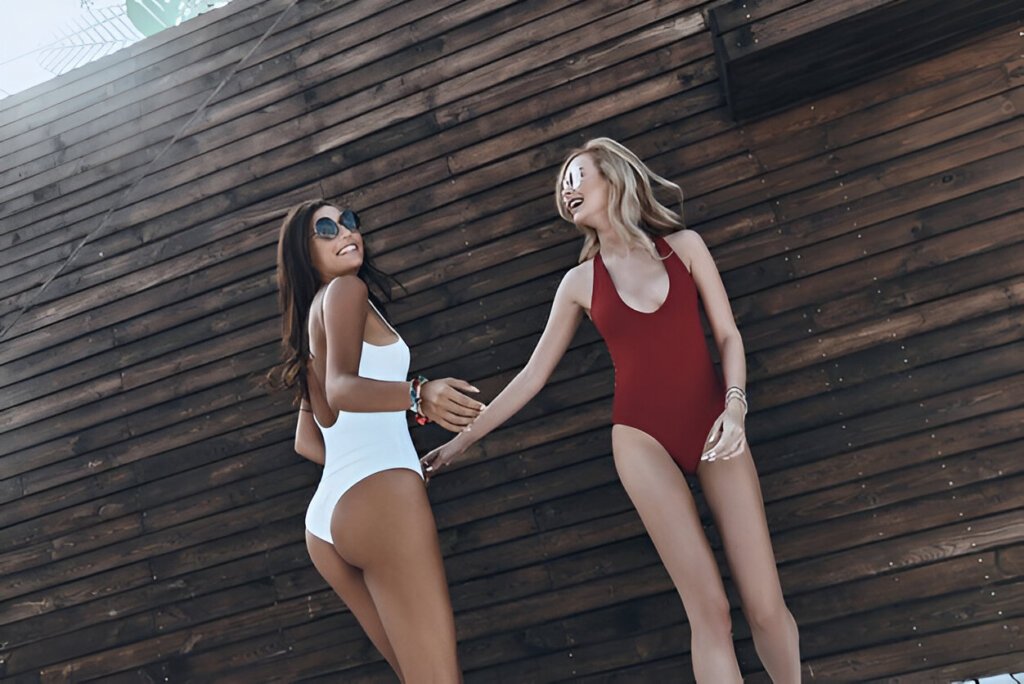
Classic leather handbag – Is it just a fashion piece or a smart long-term investment? In the USA, timeless accessories like the classic leather purse, classic leather tote, or classic leather tote bag are not just beautiful; they’re practical, durable, and status-enhancing.
But before you buy, you might ask:
- What makes a leather bag “classic”?
- Why does USA-made matter?
- How do I know it’s real leather?
American-made leather goods are rising in popularity. In fact, according to report, leather handbag sales in the US hit over $13.5 billion in 2023. Consumers are shifting from fast fashion to quality. A classic leather tote bag isn’t just an accessory — it’s a lifelong companion.
For example, imagine buying a vintage classic leather tote from a small family-run workshop in Pennsylvania. Ten years later, it still looks amazing — only softer, richer, and more personal.
That’s the power of well-made American leather.
And if you want to find US manufacturers who care about craftsmanship, Ludyway connects businesses with American factories. Whether you’re sourcing a custom classic leather handbag or launching your own bag line, they can help.
Let’s explore what you should know before buying or making a classic leather handbag in the USA.
Why Choose a Classic Leather Handbag Made in the USA?
A classic leather handbag made in the USA stands for much more than style. It represents craftsmanship, long-term value, and ethical production. In a world flooded with fast fashion and mass-produced goods, American-made leather bags offer something different — quality you can feel and a story you can trust.
Where to Find Business Leather Bags for Men in USA 2025
Let’s break it down.
- First, the materials used in US-made leather goods are superior. A lot of American workshops use full-grain or top-grain leather, which are really the best you can get. Full-grain leather is tough, rich in character, and develops a beautiful patina over time. It doesn’t crack or peel like synthetic materials.
- Second, craftsmanship is a major factor. Most USA-based leather goods companies employ skilled artisans who use time-honored techniques. Every stitch, cut, and rivet is done with precision. You’re not just buying a classic leather purse — you’re owning a piece of art that reflects decades of experience.
- Third, supporting local businesses matters. By choosing a classic leather tote made in the USA, you’re contributing to American jobs and local economies. According to the reports, the US leather and allied product manufacturing industry supported over 33,000 jobs in 2023.
- Fourth, ethical production is a key benefit. Many American factories follow strict labor laws and environmental practices. You’re far more likely to buy a responsibly made classic leather tote bag when it’s manufactured on US soil.
- Lastly, there’s customization and transparency. When you work with a US factory (like those found on Ludyway), you can often customize your bag. You also know where your materials come from and who’s making them.
In short, choosing a classic leather handbag made in the USA means you’re investing in something real — something built to last.
What Makes a Leather Bag “Classic”?
Not every leather bag can be called “classic.” A classic leather handbag stands the test of time in both style and function. It’s not about what’s trendy; it’s all about keeping things simple, elegant, and built to last.
Let’s explore the core features that define a classic leather purse:
1. Timeless Design
Classic bags have clean lines and simple shapes. You won’t see flashy logos or experimental silhouettes. Instead, you’ll find structured totes, elegant shoulder bags, and minimalist satchels — styles that work in 1990, 2025, and 2050.
A classic leather tote often has:
- Straight or gently curved edges
- Neutral colors like black, tan, or brown
- Functional interior pockets
- Strong handles or shoulder straps
This timeless look pairs well with almost anything — office wear, weekend casual, or evening outfits.
Want to know 7 Reasons Why Bespoke Leather Goods Are Worth the Investment | Read this
2. Premium Leather
A classic leather tote bag should be made from full-grain or top-grain leather. These leathers are strong and breathable. They age really well, getting this lovely patina that makes them look even better. Unlike fake leather, which wears out quickly, the real deal can last for decades if you look after it.
3. Practicality and Versatility
A classic bag isn’t just about appearance — it’s about purpose. It needs to hold essentials like a wallet, phone, keys, and makeup. A classic leather purse may also include secure zippers, compartments, or reinforced straps for daily use.
4. Quality Craftsmanship
A classic is built to last. Stitching should be tight and even. Edges should be clean and sealed. The hardware — zippers, buckles, clasps — should be made of brass or nickel, not cheap plastic.
5. Brand Reputation and Legacy
Often, the brands behind these bags have been around for years, if not decades. They might operate on a small scale, be a family affair, or just have a long-standing reputation for excellence. Some examples include:
- Lotuff Leather (Rhode Island)
- Frank Clegg Leatherworks (Massachusetts)
- J.W. Hulme (Minnesota)
Each of these brands is known for producing classic leather handbags that never go out of style.
6. Emotional Connection
Many classic bags come with stories. Maybe you inherited one from your grandmother. Or maybe you saved up to buy your first one after getting a new job. These emotional ties make the bag more than a possession — they turn it into a memory.
In short, a classic leather handbag combines timeless design, quality leather, functional beauty, and careful craftsmanship. It’s not just something you wear — it’s something you keep, use, and pass down.
Types of Classic Leather Bags
Below is a table outlining the most popular types of classic leather handbag styles. Each offers unique functionality and timeless design.
| Bag Type | Description | Best For |
| Classic Leather Tote | Large, open-top or zippered bag with shoulder straps | Work, shopping, travel |
| Classic Leather Purse | Medium-sized, structured handbag with a top handle or crossbody strap | Daily use, casual to semi-formal |
| Satchel Bag | Boxy shape with a flap and long strap | Office use, commuting |
| Hobo Bag | Slouchy, crescent-shaped bag with a single strap | Everyday wear, casual outfits |
| Shoulder Bag | Carried over the shoulder, typically sleek and secure with a clasp or zipper | Formal and semi-formal events |
| Crossbody Bag | Small and functional, worn across the body | Errands, travel, hands-free needs |
| Bucket Bag | Cylindrical shape with drawstring closure | Stylish and practical outings |
Each style of classic leather handbag has its own timeless appeal, making them versatile choices for modern and vintage wardrobes alike.
Materials Used in USA-Made Leather Handbags
USA-made classic leather handbags are known for their durability and premium feel. Here are the most common materials used:
| Material | Features |
| Full-Grain Leather | Most durable; shows natural texture; develops a rich patina over time |
| Top-Grain Leather | Slightly sanded surface; smoother look; more flexible than full-grain |
| Vegetable-Tanned Leather | Eco-friendly; tanned using plant-based extracts; ages beautifully |
| Oil-Pull Up Leather | Waxed and oiled; darkens with use; ideal for rustic, vintage-style bags |
| Suede/Nubuck | Soft, velvety texture; less water-resistant but visually unique |
| Brass/Nickel Hardware | Used for zippers, buckles, and fasteners; long-lasting and rust-resistant |
American leather brands often source hides from US tanneries like Horween (Chicago), ensuring high ethical and environmental standards.
How Long Will a Classic Leather Handbag Last?
A well-crafted classic leather tote bag made in the USA can last anywhere from 15 to 30 years, sometimes even longer with proper care. Many people still use leather bags passed down from parents or grandparents.
Here’s what affects its lifespan:
- Leather quality: Full-grain leather can endure decades.
- Craftsmanship: It’s made with precise stitches and tough hardware, which means it won’t get beat up easily.
- Care routine: Regular cleaning and conditioning extend the life of your classic leather purse.
Real-world example: A customer of Frank Clegg Leatherworks shared that her classic leather handbag is still in top shape 25 years after purchase, having only required minor reconditioning.
How to Care for Your Classic Leather Purse
Maintaining your classic leather tote ensures it lasts longer and looks better over time. Follow these steps:
1. Clean Regularly
For cleaning, simply use a soft cloth that’s slightly damp to wipe away dirt. For deeper cleans, use leather-specific cleaner. Avoid using water directly, as it may stain or warp the leather.
2. Condition Leather
Apply a high-quality leather conditioner every 3–6 months. This prevents drying and cracking, especially for full-grain and vegetable-tanned leathers.
3. Store Properly
Keep your classic leather tote bag in a cool, dry place. You can use dust bags or even old pillowcases to keep dust off it. Avoid plastic bags, which trap moisture and cause mold.
4. Avoid Excess Water or Heat
Never dry leather with heat. If your bag gets wet, pat it dry and let it air dry naturally. Avoid sun exposure for long periods.
How Ludyway Can Help
Ludyway connects small brands, designers, and startups with over 10,000 US-based manufacturers. For anyone interested in launching a classic leather handbag line, Ludyway offers:”
- Verified leather bag factories across the US
- Direct access to material sourcing and sampling
- Custom production options for classic leather purses and totes
- Transparent lead times and pricing
You can work with professionals experienced in making bags with high-end materials like full-grain leather, offering authentic American-made quality from start to finish.
FAQs About Classic Leather Handbags Made in the USA
Conclusion
In summary, choosing a classic leather handbag made in the USA is about more than appearance. It’s about:
- Investing in premium craftsmanship
- Supporting ethical labor and local economies
- Gaining a versatile piece that never goes out of style
- Owning something that can last generations
Whether you’re buying for yourself or starting a leather goods brand, USA-made classic leather totes and purses represent timeless American value. It’s more than just a bag; you’re really choosing a certain way of life.




